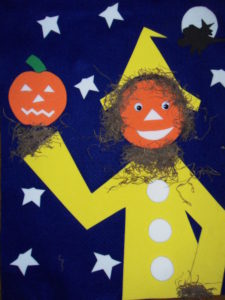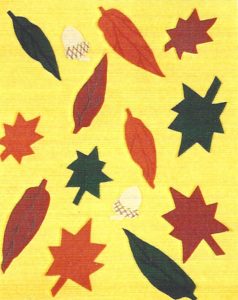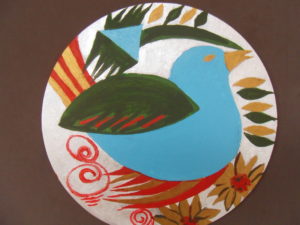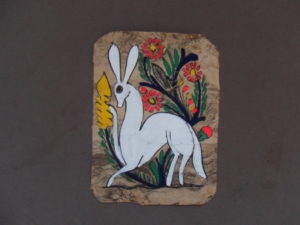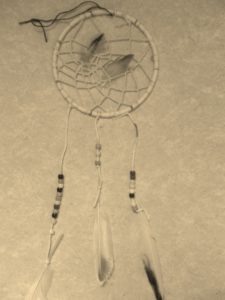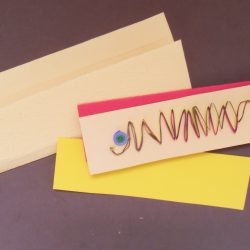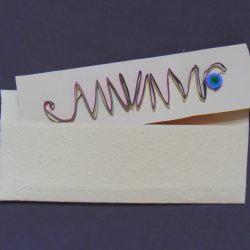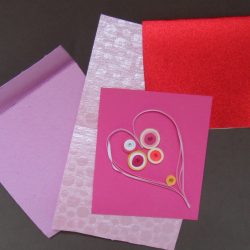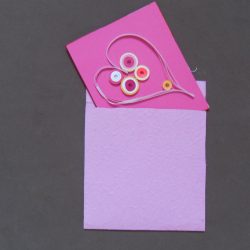SPOOKY PUMPKIN BANNER
Ages: 5 – 12 years
Time: one hour
MATERIALS:
Black craft foam sheet
(2) 10 mm wiggle eyes
White craft foam sheet
Excelsior (or moss or raffia)
Yellow craft foam sheet
Dark blue felt 14”x 20”
Green craft foam sheet
(3) ½” green or dark blue pompom
Orange craft foam sheet
Dowel Rod 22”
String – double the length of the dowel rod
Measure and trim dark blue felt to 14” x 20”. Place the felt piece vertically. Make a loop by measuring and folding and ironing a 1” seam. Measure and fold a second 1” seam. Iron and glue the second fold. You will be inserting the dowel rod through this loop.
As this is drying, trace the following shapes from stencils or templates and then:
Cut the pumpkin out of the orange craft foam sheet.
Cut the pumpkin stem out of the green craft foam sheet.
Cut the witch out of the black craft foam sheet.
Cut the moon out of the white craft foam sheet.
Cut the scarecrow’s face out of orange craft foam sheet.
Cut the scarecrow’s jacket and hat out of yellow craft foam sheet.
Cut the scarecrow’s nose and mouth out of white craft foam sheet.
Cut the stars out of white craft foam sheet.
Apply tacky glue to craft foam pieces with a Popsicle stick and adhere to dark blue felt background as shown in the photo of the completed banner above.
Place a small amount of glue around the scarecrow’s neck.
Place a small amount of glue around the scarecrow’s neck. Add excelsior. Press and let dry.
Glue wiggle eyes to the scarecrow’s face. Glue pompom to the jacket. Or using the patterns provided, cut eyes out of black craft foam sheet. and buttons out of green craft foam sheet.Glue nose and mouth to scarecrow’s face. Let all the pieces dry.
Glue the pumpkin pieces to the pumpkin’s face. Glue the green stem.
Insert dowel rod through the loop at the top of the dark blue felt background. Measure and cut a piece of string 22” x 24”. Tie the string to each end of the dowel rod.
Enjoy your Halloween Banner!
VARIATION: The Halloween Banner design was inspired by traditional symbols but you can substitute your own Frankenstein, Dracula, witch, or ghost design.

